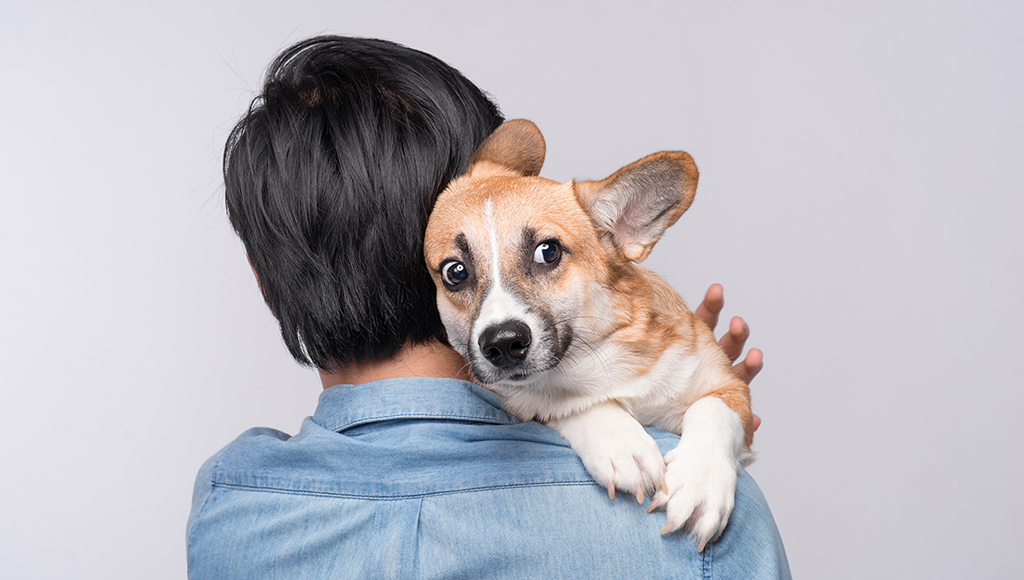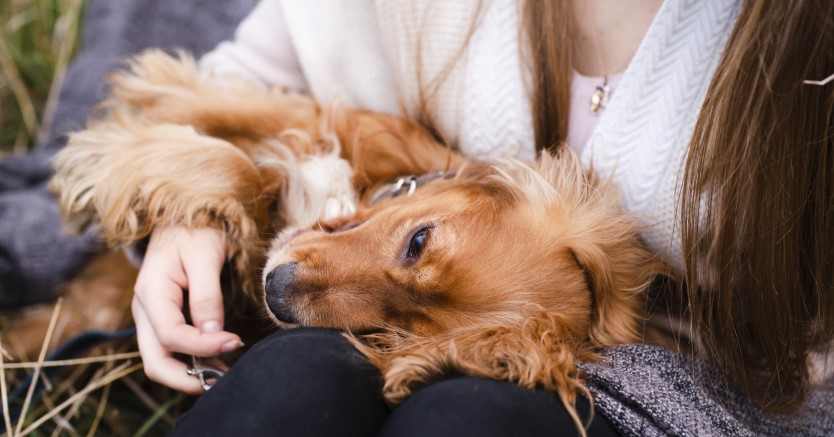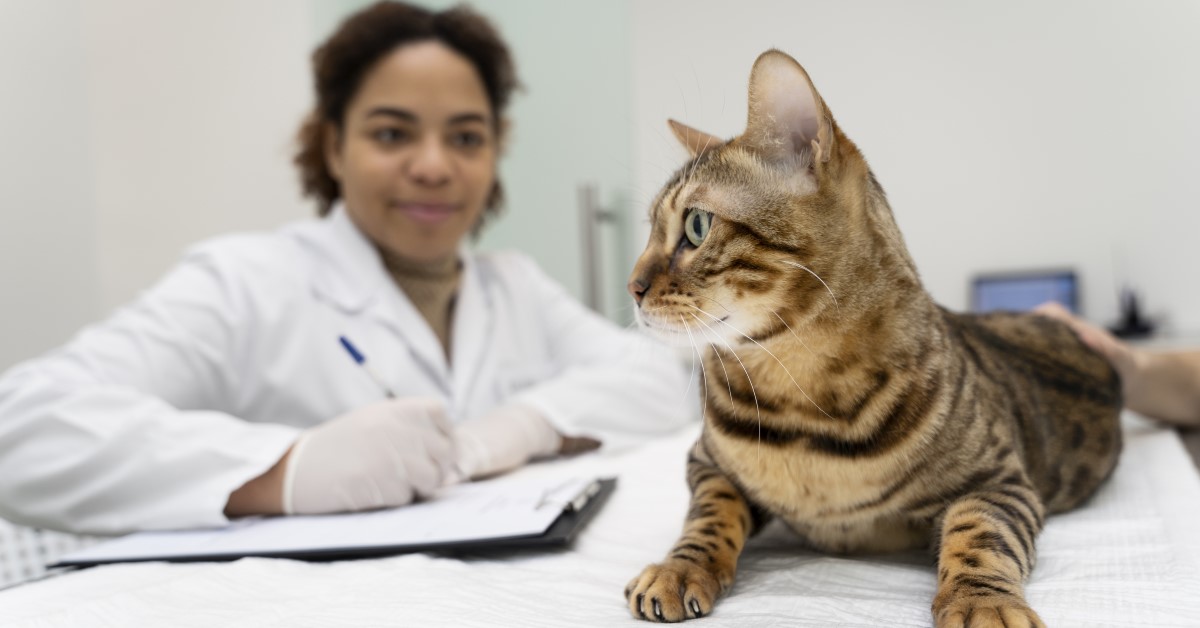Recognizing Your Pet's Fears
Animals have fears just like we do. Make sure you don't forget to share them with your babysitter or pet sitter!

You’ve gone through checklist after checklist to make sure you have all the important information about your pet for you new pet sitter. You’ve set out everything you think they’ll need while they are caring for your pet. To most pet owners, they feel their part is done. It’s now time for their pet sitter to take over. But there is something quite important that many people forget to mention to their pet sitter - their pet's fears.
What is your pet afraid of?
Being around your pet 24/7, you get used to what they enjoy and what they fear. These things become common household knowledge, acquired by the natural familiarity of living with your pet daily. You know about these things, just like your kids are afraid of the dark or your nephew doesn’t like to be left alone for too long, simply because it's part of your daily life. You may have had your pet for so long that you can’t remember the first times your pet showed fear towards something, but nonetheless, you know they exist. This is why it’s best to sit down and try to recall what exactly your pet's fears are and how they react in frightening situations. You want to prepare your pet sitter the best you can so they can provide you with the best pet sitting service they possibly can.
Here are the most common fears many pets have. These should help you recall some of your own pet's fears:
The vacuum
Most pets, cat or dog, big or small, at some point is afraid of the vacuum. Some fear only the sound and don't react until the unit is actually turned on, while others will run the moment they see a vacuum, even when it is not running. They may run and hide away for hours in a place they normally find comforting or even in a really strange place, you'd least expect them to go. Some pets may soil your carpet or floor or tremble for hours and be skiddish long after the appliance has been turned off and put away.
It’s important that your pet sitter knows these things because he or she could be doing light housework and totally freak out your pet without meaning to. If you were using the vacuum, you would know that your pet is hiding or even know WHERE they are hiding. If your sitter is a trained, experienced professional, they would probably know this already but it’s best to mention this fear instead of letting them assume your pet is hiding because something has happened to them.
In the case of your pet making a mess on your carpet or furniture, your pet sitter would need to be prepared to clean it up or put your pet in another room (with newspaper to be on the safe side) to prevent this from happening. Maybe after vacuuming, you could give your pet a treat to calm them down, and to show them that the vacuum is not a "bad" thing. Your pet sitter would need to know to do the same thing as well.
Thunderstorms or other natural events
Depending upon where you live, you could experience heavy thunderstorms, earthquakes, tornadoes, or some other extreme weather. It is instinctual for your animal to protect itself when they sense these events nearing. Some pets hide under beds, in closets, in boxes, behind the sofa, in the corner, or any little niche they can fit their bodies into and feel surrounded and safe.
If your pet sitter comes during bad weather and can’t find your pet, he or she may be worried that your pet is outside or unsafe because they cannot find them. If you let your pet sitter know the places to check for your pet, they won’t be so alarmed. Every time your sitter visits your home, it is their responsibility to know where your pet is and make sure he or she is safe, calm and well taken care of.
Some other fears your pet may have are:
- Lawnmowers and other lawn equipment
- New people (It would not be wise for your sitter to bring someone with them if this is true as this will frighten may make it difficult for your pet sitter to get near your pet)
- Loud noises and fast movements in general
- Their own reflection (in glass or mirrors)
Some possible reactions your pet may exhibit when frightened:
- Hiding
- Obsessive barking, screeching, hissing, howling or noise making
- Bodily secretions
- Shaking or trembling
- Attacking
- Snapping or biting
Your pet sitter needs to be prepared to care for your pet in all situations. If he or she knows what to expect, it will be much easier for them to prevent some of these frightful situations from happening, and keep your pet calm, safe, and happy. This will only lead to an exceptional pet sitting experience for everyone.
Ready to start saving money on pet wellness care?
Then take a look at Mint Wellness, the pet wellness plan that provides fast reimbursement on routine pet care. Save on vaccinations, wellness exams, preventatives, dental, and more!
Learn More


